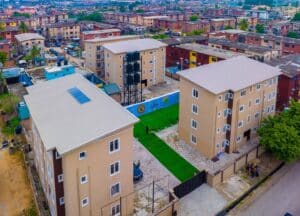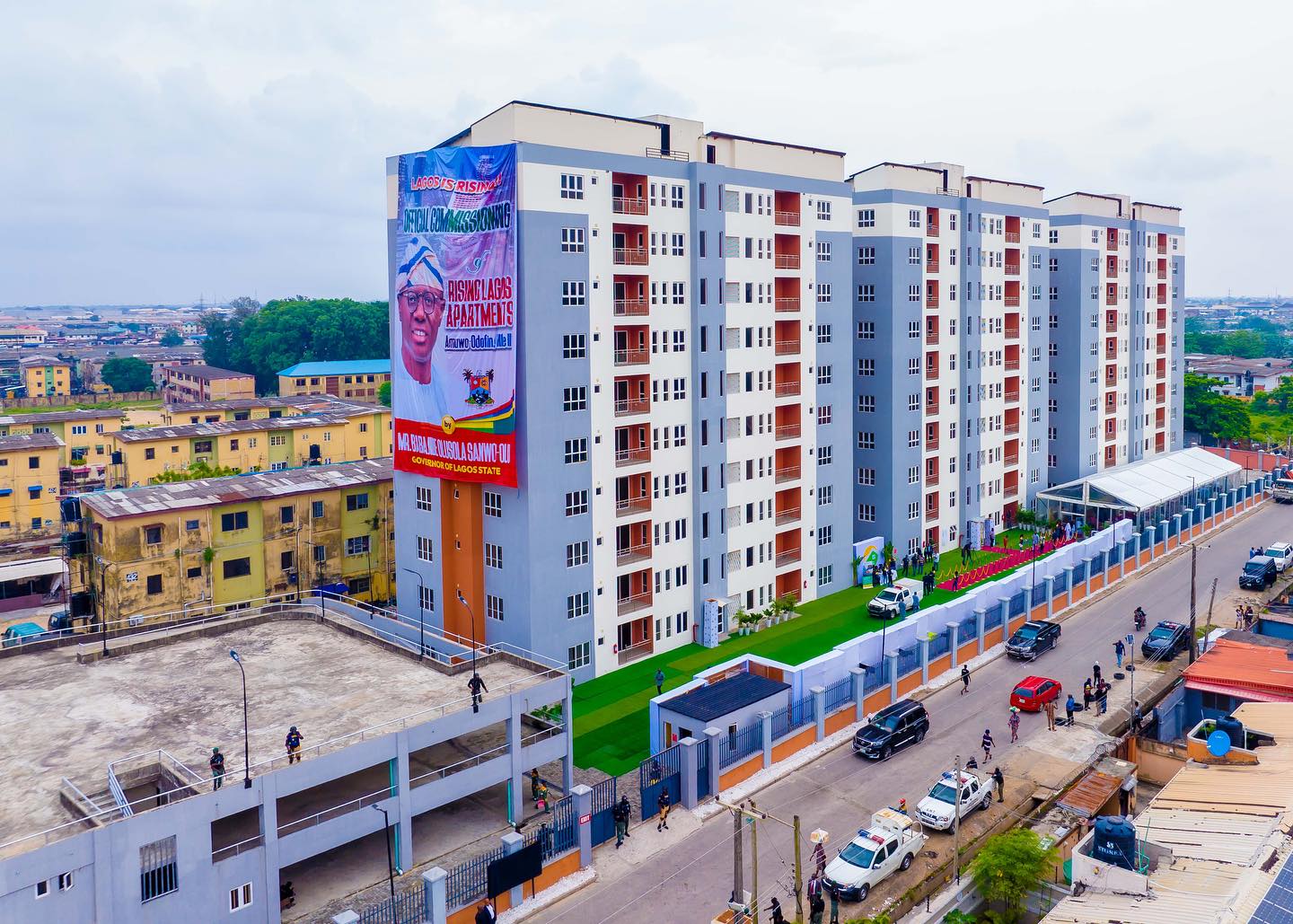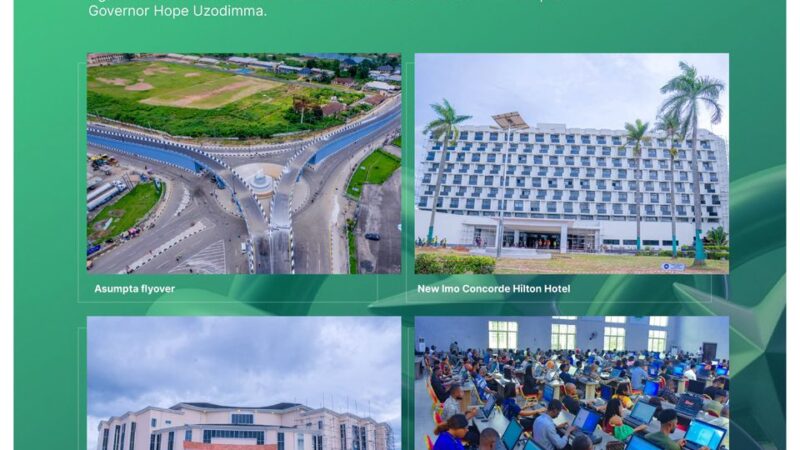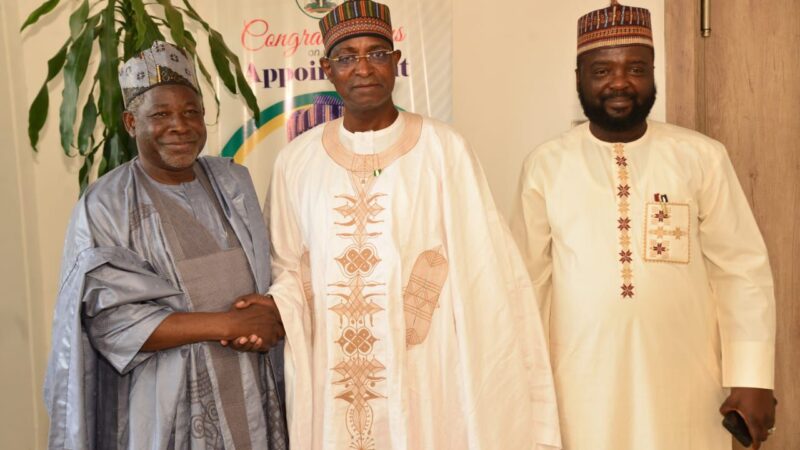…Woos private investors to close housing deficit in Lagos
Lagos State Governor, Babajide Sanwo-Olu on Tuesday, scaled up the government’s housing stock with the inauguration of two newly-completed housing schemes to meet the demand for decent homes in the State.
The governor, joined by his deputy, Dr. Obafemi Hamzat, and other members of the state cabinet, commissioned a 10-storey Rising Lagos Apartment and multi-floor Greater Lagos LBIC/WGC Apartments in Amuwo Odofin area of the State. Both projects, built separately from each other, were developed and completed by Lagos State Building Investment Company (LBIC).
The 10-floor Rising Lagos Apartment built in Mile 2, is a three-block residential development with integrated multi-level parking lots and consists of 50 units of three-bedroom flats and 10 units of two-bedroom flats, nestled in the serene Amuwo-Odofin neighbourhood.

Sanwo-Olu said provision of decent accommodation remains the cornerstone of his administration’s efforts to building strong families, foster community development and improve the overall well-being of Lagosians.
He said the two housing projects were inspired by his government’s deliberate desire to address the housing deficit in urban areas, while making home ownership a reality for the residents.
He said: “This event is another momentous occasion in which the government is delivering valuable dividends of democracy to our people. Today, we are unveiling two groundbreaking housing projects that are critical steps in the pursuit of the speedy actualisation of our vision of transforming Lagos to a 21st Century Economy in line with our T. H. E. M.E. S + agenda.
“These schemes have been meticulously designed to provide modern, spacious, and comfortable living spaces that cater to the diverse needs of our residents. The Rising Lagos Apartments stand as a testament to our commitment to elevating the standard of living for our people and ensuring that they have access to high-quality housing.
“By offering a mix of housing options, we are not only addressing the housing deficit, but also promoting social cohesion and economic integration. These projects are more than just buildings; they are symbols of hope and progress. They represent our unwavering resolve to tackle the housing challenges head-on and to provide our citizens with the dignity and security that come with home ownership.”
Sanwo-Olu added that the schemes demonstrated his administration’s dedication to creating inclusive residential communities where people from different backgrounds could coexist, thrive and contribute to the growth of the State.
While noting that the housing needs of the State were far from being met, in addition to the fact that the government alone could not solve the housing challenges facing Lagos, the governor added that the state government would continue to explore innovative solutions and form strategic partnerships with the private sector to raise the stock of the housing market.
The governor said: “I urge private investors and stakeholders in the real estate sector to continue to seize the abundant opportunities in the State and to accept the partnership extended by our administration. Together, we can provide much-needed housing and work towards bridging the housing deficit in the State.”
LBIC Managing Director and Chief Executive Officer, Mr. Olusola Faleye, said the delivery of the projects was an indication that the State-owned property mortgage company remained strengthened and committed to continue to drive the transformative agenda of the Sanwo-Olu administration.
Faleye disclosed that the company would be pursuing development of more green buildings across the State in order to support the effort of the state government in reducing greenhouse emissions from stationary energy in the built environment.






